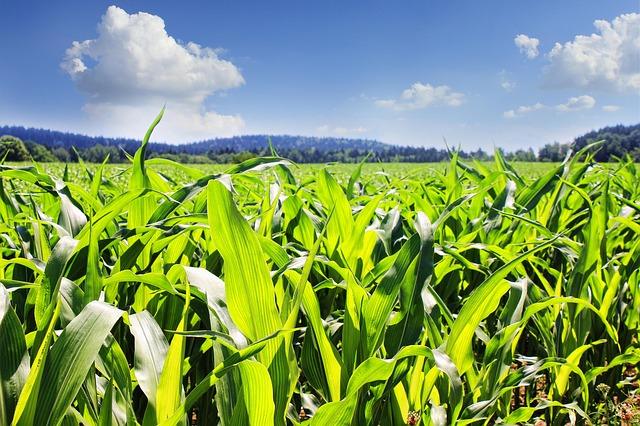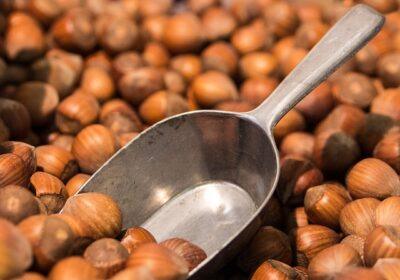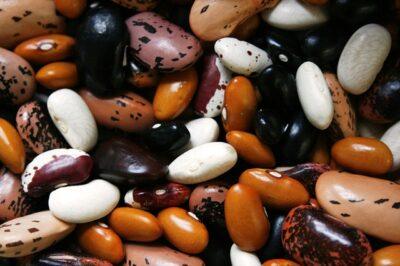If you’re growing or foraging your own food for winter storage, there are plenty of options for keeping your family fed in the early days of winter. Many root crops, fruits and greens can keep for a few months cool and out of direct sun, even without a proper root cellar.
As the winter presses on, though, options start to dwindle and there are fewer and fewer choices in dependable home-raised crops that will take you all the way through the hunger gap into the first productive days of late spring and early summer. Nonetheless, humans survived millennia without refrigeration and long-term food shipments, so there’s plenty to get your family by.
There are multiple reasons you should look into long-term storage crops. What if spring and early summer crops fail? What happens when a full summer’s worth of crops fail and you’re heading into winter again, with just what you still have on hand?
In 2013 the Northeast experienced record rainfall and cloud cover in June, meaning that the growing conditions were more like an average northeast November. Crops rotted in the ground, and normally dependable summer and long-season fall crops were delayed by months or could not be grown at all. Looking back further, the year 1816 was dubbed “the year without a summer” because a volcanic eruption caused widespread climate problems, and many areas experienced blizzards and hard frosts literally every single month of the year.
Looking For Non-GMO Seeds? Get Them From A Company You Can Trust!
Of course, you also could pressure can, salt cure or dehydrate food to increase storage life, all of which require either special equipment or considerable time and effort to ensure that a food that would otherwise spoil stays palatable for longer than it would on its own.
There is a better way. By selecting foods that naturally store for extended periods of time without specialized effort or processing, you ensure survival and food security with minimal extra effort and in general minimize your consumption of processed foods of any sort. There’s something to be said for providing your own home grown, long-term food security, all without the need of special equipment or elaborate processing.
1. Nuts
While annual gardens and fruit orchards tend to get a lot of attention for providing food self-sufficiency, nut trees are a great investment to provide a stable fat and protein source to balance out your family’s diet. They have the added benefit of a long storage life, especially at cool temperatures. All nuts keep best unroasted and left in the shell.
Hazelnuts, a high-yielding, easy-to-grow home crop, can keep up to two years held between 32 and 50 degrees Fahrenheit (in a cool unheated basement), or for just over a year at 50-60 (F) degrees in a back closet on the north side of your house in cooler regions. They have the added benefit of being one of the most versatile nuts, because they can be grown anywhere between zone 4 and 9 successfully. There are even some zone 3 cultivars.
Pecans come in second place in nut shelf life, and can keep just over a year at cool, unheated basement temperatures. Very high fat nuts such as walnuts don’t keep quite as well as the others, but remain good for 9-12 months at cool temperatures.
Be sure to check your nuts for rancidity by smell before eating them. Nevertheless, rancid or not, it won’t harm you to eat them during an emergency situation as long as they don’t have visible mold or pest infestation.
2. Dried corn and beans
While many forms of grain and staple legumes store for extended periods of time, dry corn and beans are the most practical for growing and processing at home without equipment. Beans and corn can be harvested, cleaned, dried and stored all by hand without specialized equipment, unlike other grains such as wheat. If dried thoroughly to a low moisture content and kept cool, home dried corn and beans can last 2-3 years, without the need to invest in long-term storage options like vacuum sealing and oxygen absorbers. With the additional investment to reduce or eliminate oxygen, corn and beans can hold successfully for up to 10 years.
3. Honey and maple
Natural sweeteners like honey and maple are full of beneficial enzymes and micro-nutrients, not to mention a ready source of calories, and they boast considerable shelf lives. Honey, if kept uncontaminated and well-sealed from moisture, can last at room temperature indefinitely. Maple syrup, packaged very hot into glass jars such Mason jars, has very long shelf life potential – upwards of 50 year or more. Maple manufacturers recommend a storage life in glass of no more than four years for optimum flavor, assuming the jar is unopened. Maple stored in plastic jugs should not be kept more than 1-2 years, and metal jugs are only rated for six months of storage life.
What would you add to our list? Are there other foods you grow and store for long-term survival? Share your tips in the section below:
Bust Inflation With A Low-Cost, High-Production Garden. Read More Here.
 Off The Grid News Better Ideas For Off The Grid Living
Off The Grid News Better Ideas For Off The Grid Living






